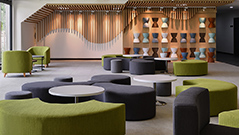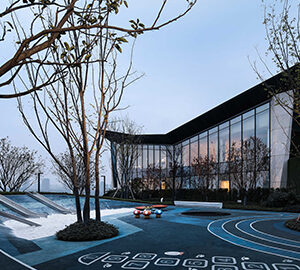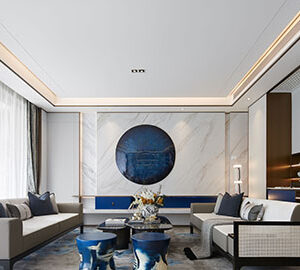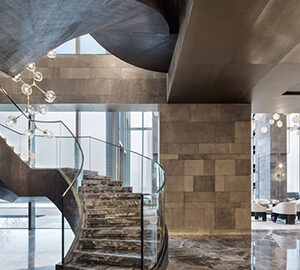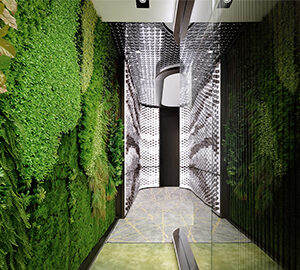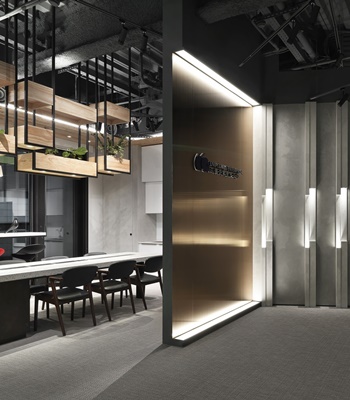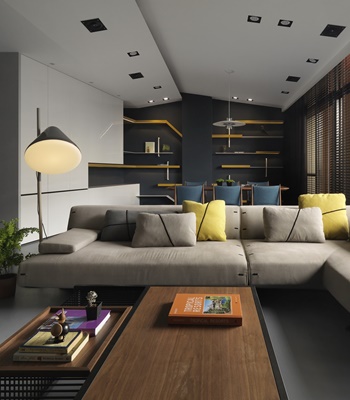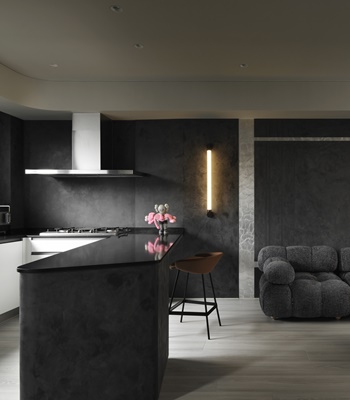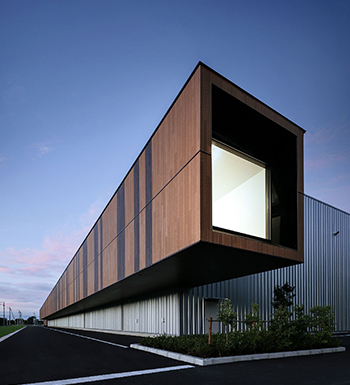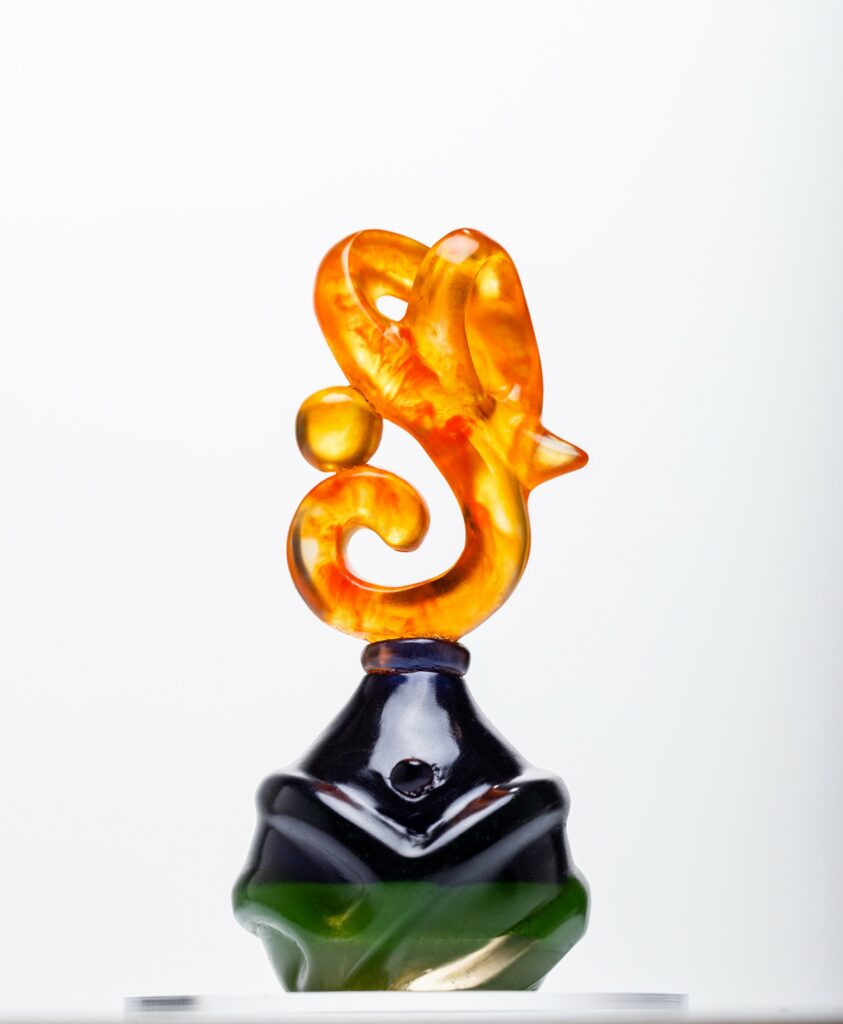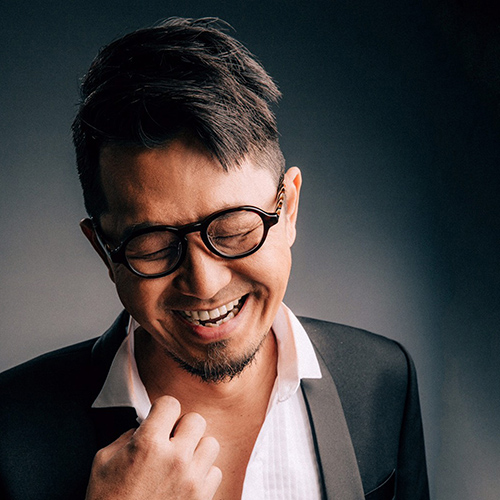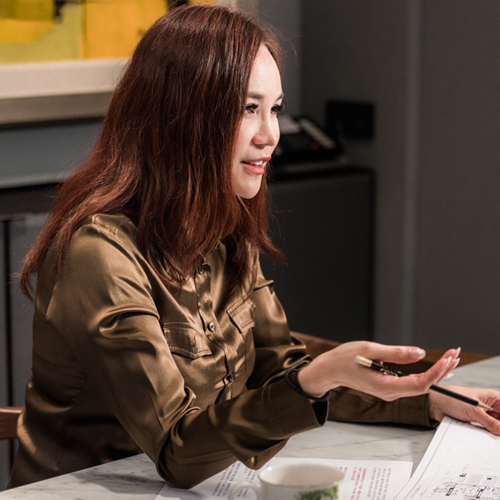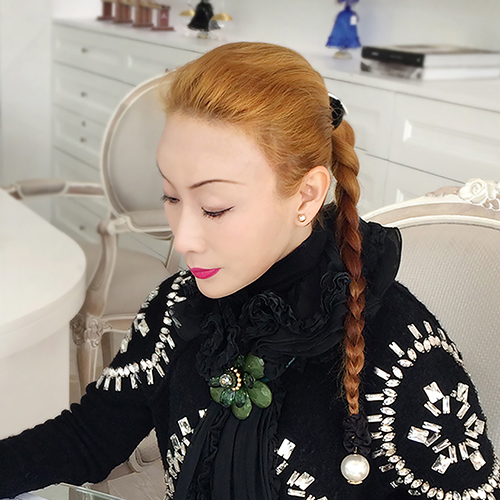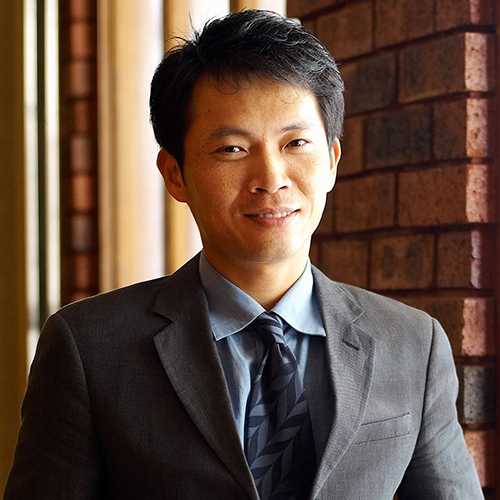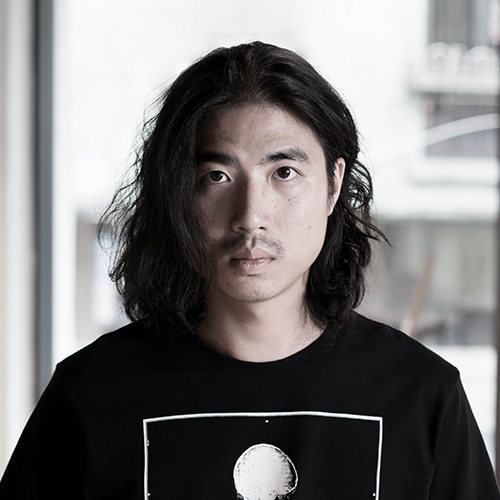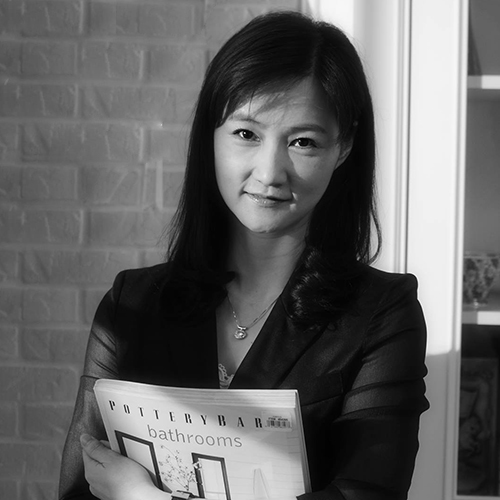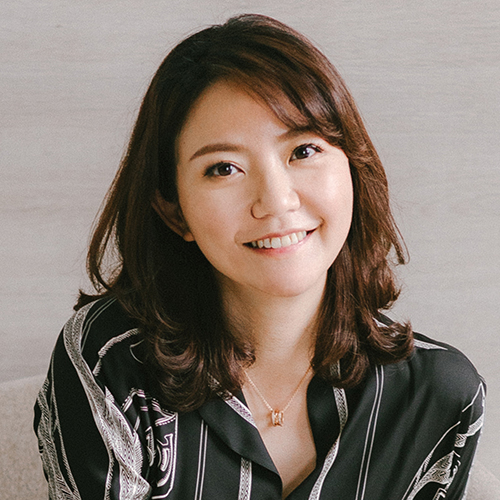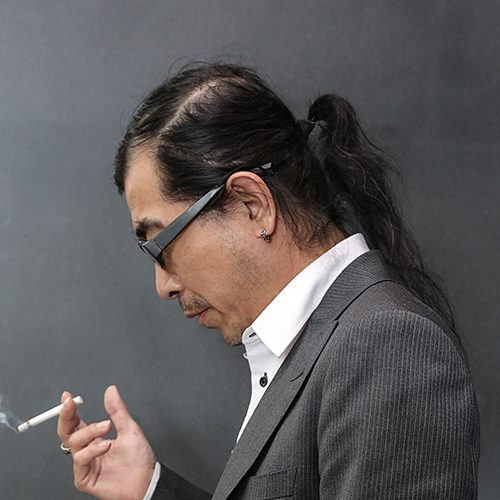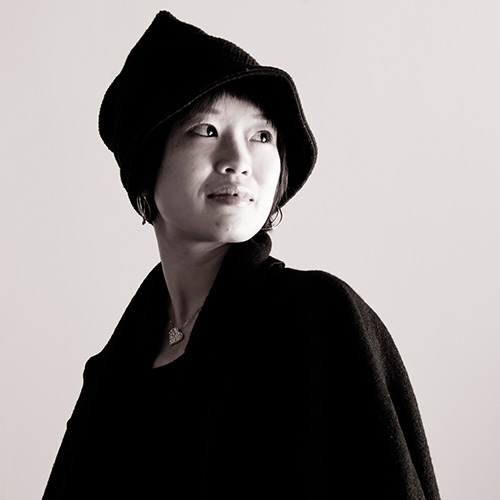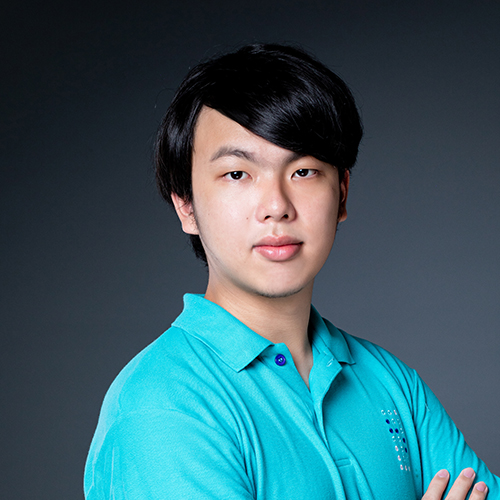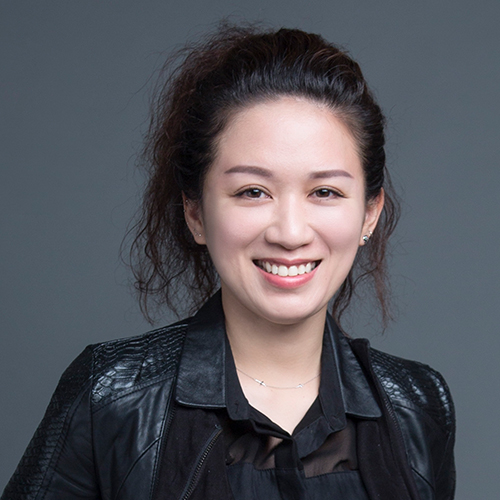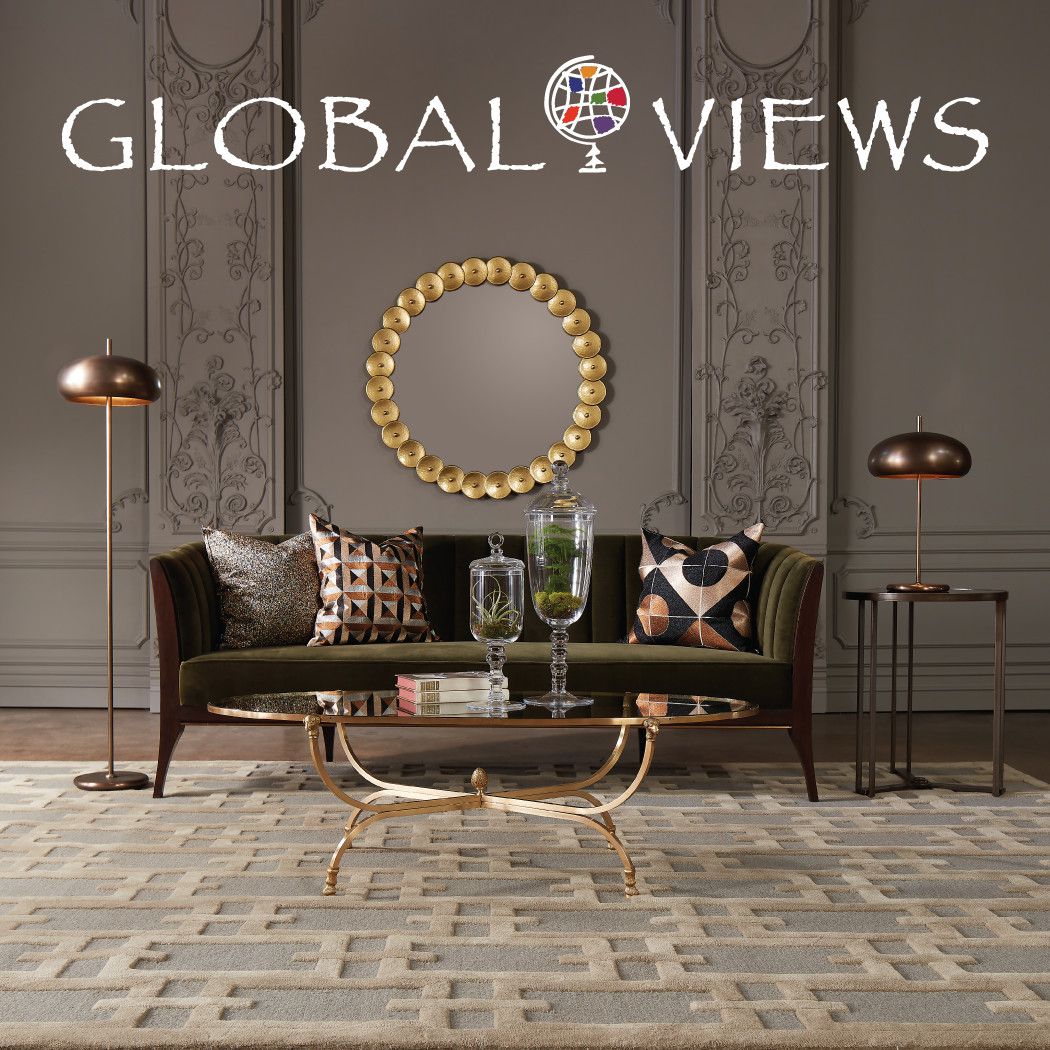描述
鄒永廉建築師事務所 – 鄒永廉
為因應北桃園地區約有26萬客家人口,並平衡南北城鎮區域發展、促進族群融合,桃園市政府於八德的霄裡生活圈設置北區客家會館。本案在約7627.28平方公尺的基地面積上,興建鋼筋混凝土的地上2層建物。以地景、公園相結合的方式設計;教學場域、文化推廣、藝文表演、常態展覽為主要功能定位,打造區域型生活聚落場館的客家文化會館。
因桃園霄里地區有多口浣衣池(洗衫坑),是當地客家歷史聚落生活的一部分;而浣衣池旁供奉的石母娘娘祠,也是客家先民堆石文化的重要信仰。因此在建築設計上融入客家『埕』、『浪』兩大意象,與各種展示、教室、體驗空間與戶外綠地結合,將客家尊天敬神、敬天愛地、順應自然的風水觀,透過現代建築方式表現,彰顯人與土地之間的緊密關係。
本案設計功能以強化在地客家歷史、人文、活動的連結為宗旨,提供外來遊客客家庄文化體驗、在地居民生活場館之外,也提供客家社團練習與表演的場地。室內空間規劃彈性使用為原則,「文化研習館」結合展覽、教學及辦公功能,而「音樂廳」則具表演與展覽功能,兩棟建築物以中央的『埕』—平台與廊道作為連結圍繞。建築物結合逐層退縮的概念,打造多層式圓形透光戶外廣場,提供交誼、休憩空間。中間的半戶外景觀大階梯則迎接人群,展現迎客意涵。
室內規劃了客家專屬音樂廳,挑高空間採用新材料與工法,以複合式雙層隔間系統的折吸音效能,降低音源穿透。戶外景觀則採用地坪防沉陷工法、人工地盤花台,增加基地保水與環境資源再利用的效益。
建築物之間的廊道以逐層退縮的手法,象徵客家農田開墾時使用的疊石石坎,模擬當地梯田地景意象,並與當地石母娘娘寺的風景相呼應。中庭廊道以及兩建築物的左右圍繞,則與古宗祀三合院的內埕中庭有異曲同工之妙,彷彿繞埕而居。整體建築物的天際線順應基地紋理,結合廣場綠帶花海景觀,如同在地自然景觀的丘陵台地,創造文化、自然、建築、地景等多面向的結合設計。
To respond to the nearly 260,000 Hakka population in northern Taoyuan, and to balance the development of the northern and southern areas and furthermore promote the integration of different ethnic groups, the Taoyuan City Government set up the North District Hakka Guild Hall in Bade’s Xiaoli life circle. A reinforced concrete two-story building is constructed on the base area of about 7627.28 square meters. The design is based on a combination of landscape and parks, teaching venues, cultural promotion, art and cultural performances, and exhibitions are the main purposes to create a Hakka cultural hall as a regional living settlement venue.
Because there are many Huanyi Ponds, or so called washing pits, in the Xiaoli area of Taoyuan, that’s part of the life of the local Hakka historical settlement; and the Shimu Niangniang Temple enshrined next to the Huanyi Pond is also an important belief in the Hakka ancestors’ rock-pile up culture, therefore, the “cheng” and “wave” meaning are integrated into the architectural design, combined with various exhibitions, classrooms, experience spaces and outdoor green spaces, and reverence for god, Hakka’s feng shui concept, respect for heaven and love for the earth, and conform to nature, It is expressed in a way that shows the close relationship between people and the land through modern architecture.
This project aims to enhance the connection between the local Hakka history, humanities and activities. It provides foreign tourists with Hakka village cultural experience and local residents living venues, as well as a venue for Hakka associations to practice and perform. The interior space is planned for flexible use. The “Cultural Study Center” combines exhibition, teaching and office functions, while the “Concert Hall” has performance and exhibition functions. The two buildings are connected by the central “Cheng” – platform and corridor around. The building combines the concept of retreating layer-by-layer to create a multi-layer circular light-transmitting outdoor plaza, providing social and resting space. The semi-outdoor landscape grand staircase in the middle greets the crowd and welcomes guests.
The interior of the first building part of this case is planned for a Hakka exclusive concert hall. The elevated space uses new materials and construction methods, and reduces the penetration of sound sources with the sound-absorbing function of the composite double-layer partition system. The outdoor landscape uses the floor anti-subsidence construction method and artificial site flower terraces to increase the benefits of water conservation and environmental resource reuse at the base.
The corridors between the buildings use the method of retreating layer by layer, symbolizing the stacked stone ridges used in the reclamation of Hakka farmland, simulating the image of the local terraced fields, and echoing the scenery of the local Shimu Niangniang Temple. The atrium corridor and the left and right surrounding of the two buildings are similar to the inner courtyard of the ancient Zongsi Sanheyuan, as if living around Cheng. The skyline of the overall building conforms to the texture of the base, combined with the green belt and flower sea landscape of the square, just like the hills and terraces of the natural landscape on the ground, creating a multi-faceted design that combines culture, nature, architecture, and landscape.
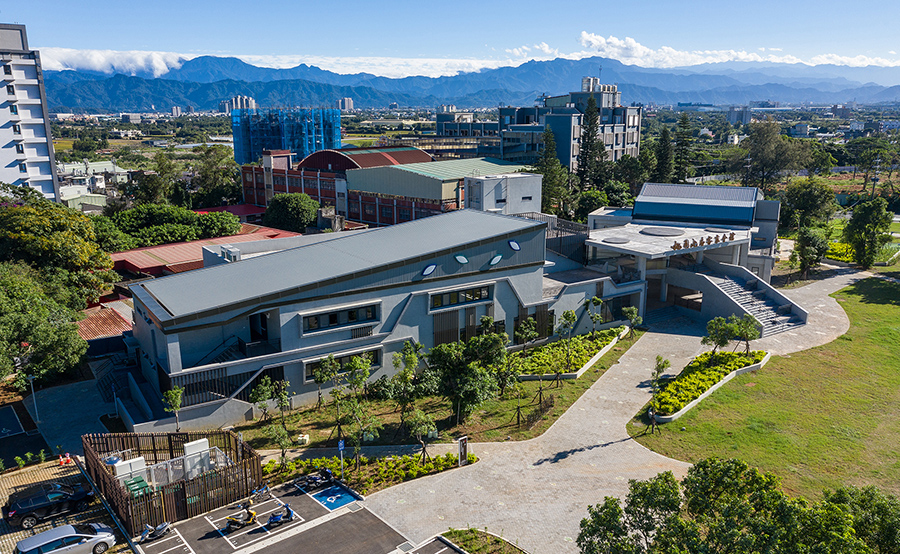
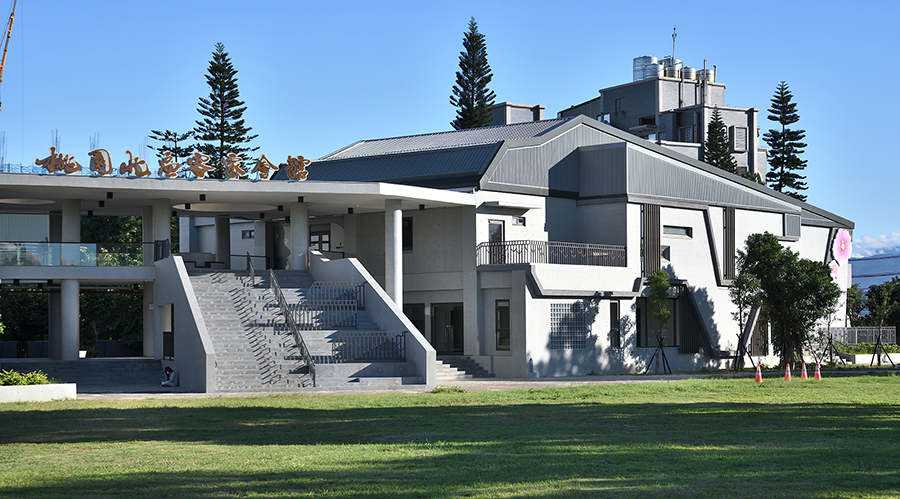

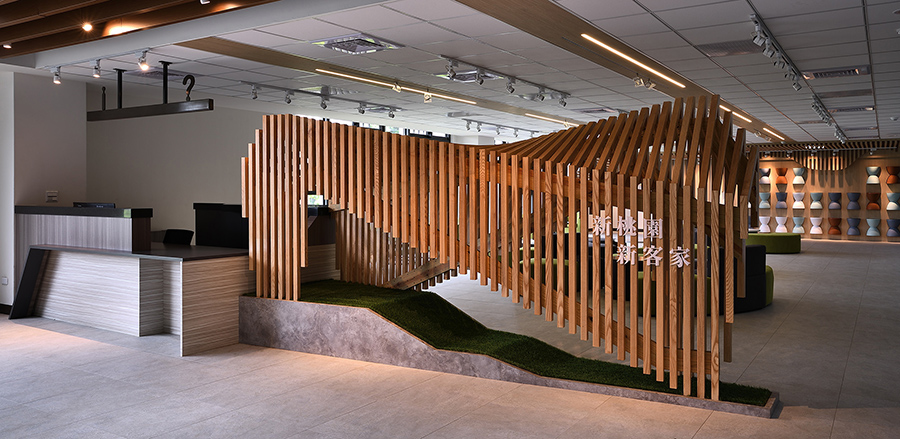
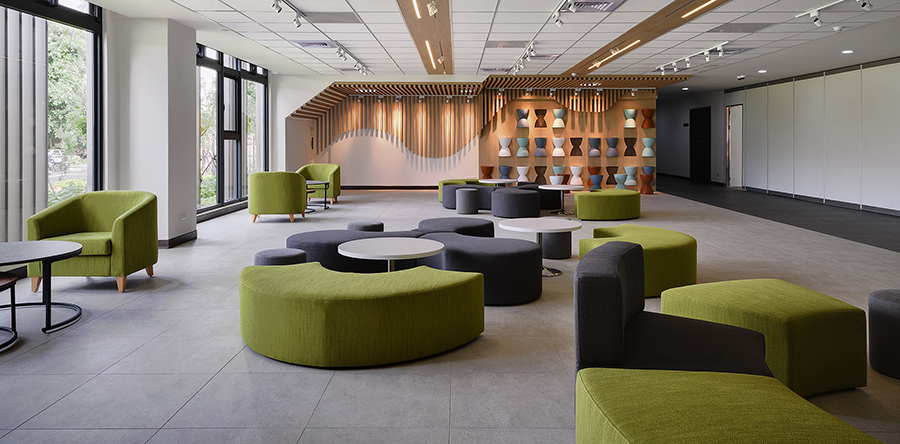
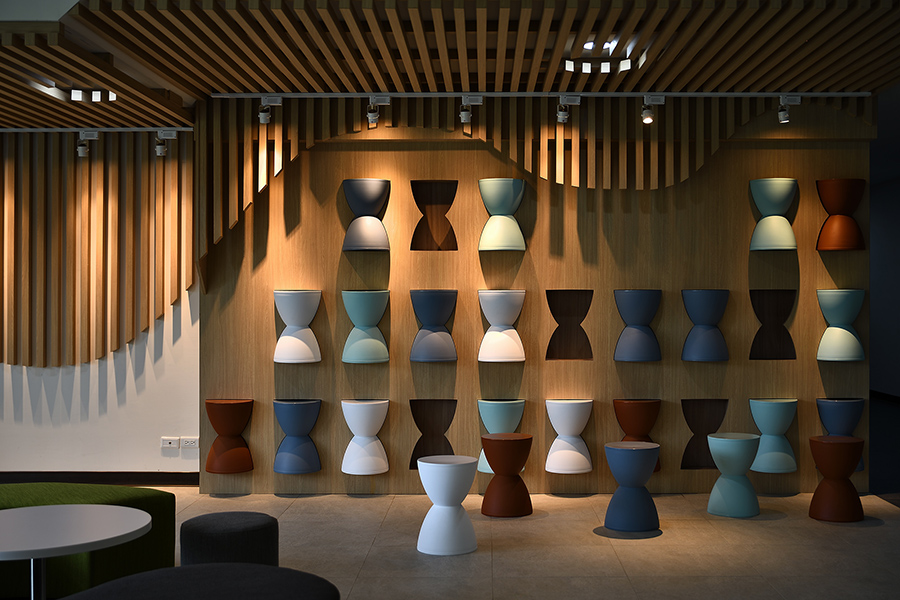
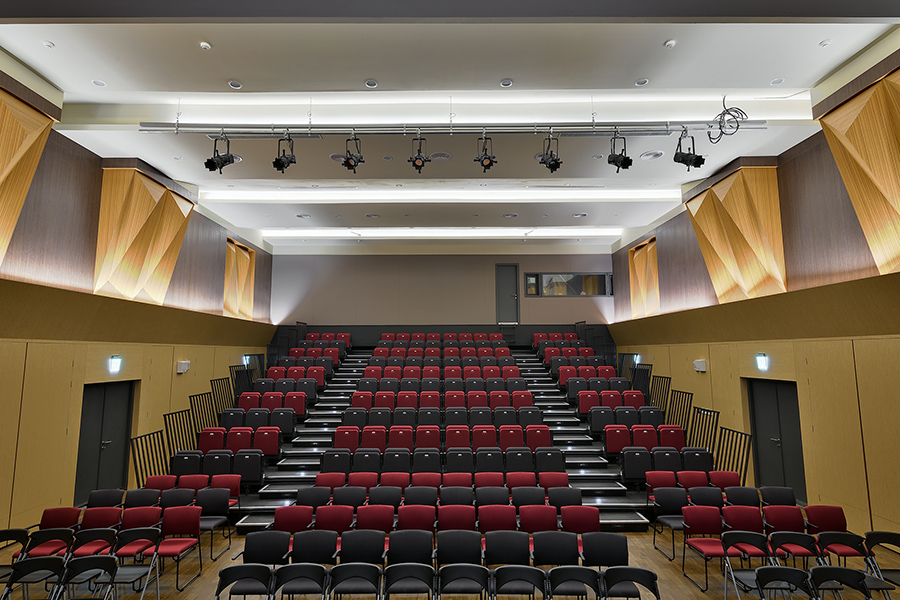
國際獎項報名代辦洽詢專線:02-2799-7723

